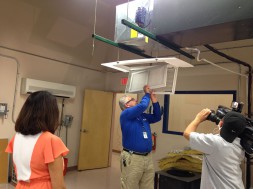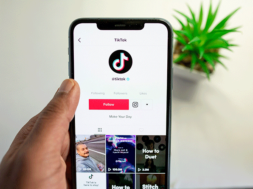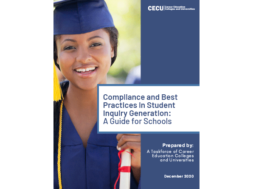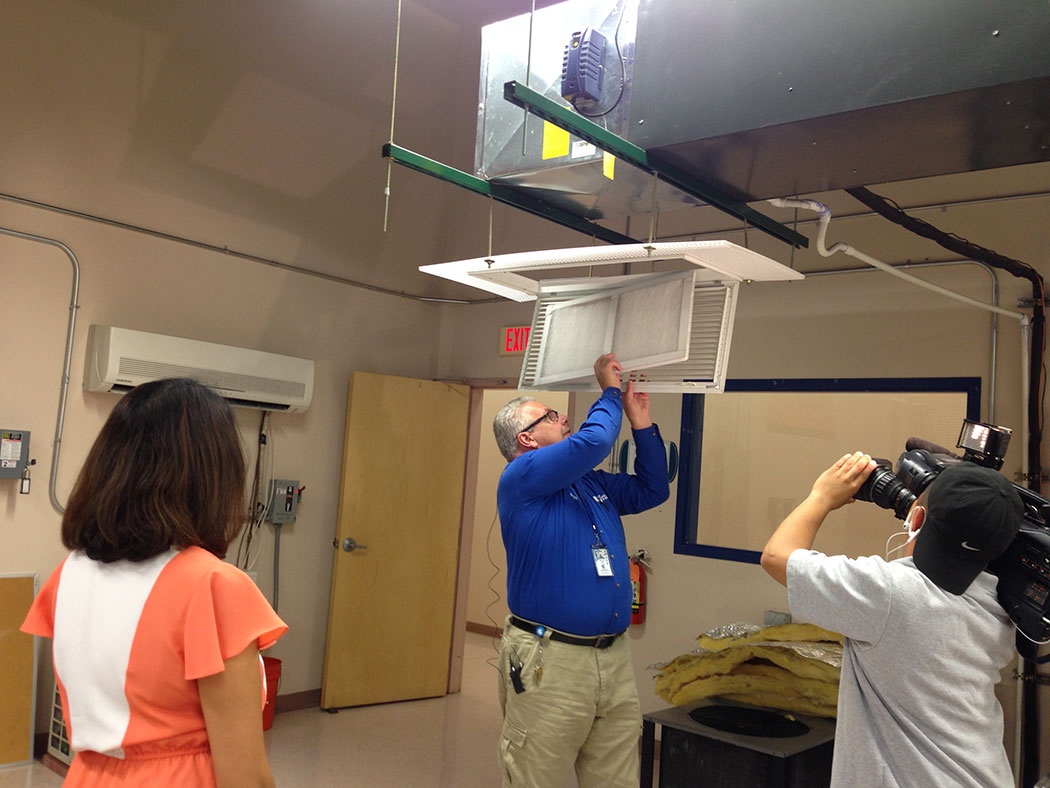
By Mandy Arnold, President, Gavin Advertising
Millions of students in all 50 states are currently enrolled in career and technical colleges, training to fill the middle-skill jobs that keep our country running. Career school students come from many different backgrounds. They’re recent high school graduates, 20-somethings looking for their path, single parents, military veterans and adults interested in learning the skills they need to jump-start their careers.
As marketers, it is our job to reach this diverse audience and deliver the message that career training is a viable route to a middle-class lifestyle. One of the biggest hurdles we face is a steady drumbeat of negative publicity associated with the sector.
Our clients are often lumped in with for-profit giants like Corinthian and ITT Tech, despite the fact that they are locally owned, community focused and training the workforce that employers need.
Several of the executives we work with have told us they feel they won’t get a fair shake in the media, leading them to retreat behind a wall of silence. Their first inclination is to stay under the radar, choosing to “play it safe” by avoiding reporters as much as possible. While this response is understandable, it’s a shortsighted strategy. Savvy executives use the media as another channel in their broader marketing mix to reach current and prospective students, and to build their reputation as accountable, responsive and involved in the community.
A proactive and ongoing public relations strategy is one way to fight back against the negative stigma associated with the sector. Positive coverage sets your school apart from the competition by taking advantage of the media’s third-party endorsement.
The concept of third-party endorsement is simple. Consumers are more comfortable making big decisions – like which school to attend – based on the recommendation of a trusted source, like a friend or relative. Journalists are an excellent source for third-party endorsements because, for the most part, they’re trusted by their readers and viewers.
When a reputable journalist covers your school’s event or seeks you out as a source, the audience sees that you and your school are worthy of coverage, and you take a step toward separating your school from the negative stories that plague your competition. A steady stream of positive local news strengthens your school’s reputation, making it more likely that potential students will pick up the phone and make that initial call.
Here are five ways public relations can help to change perceptions and attract students.
Creating a sense of community. A primary advantage of vocational training is that students don’t have to complete a long list of prerequisites before diving in to the courses that interest them. Instead of four years on campus, programs last just one or two years. However, a negative side effect of these accelerated programs is the potential for students to miss out on creating bonds with one another outside of the classroom.
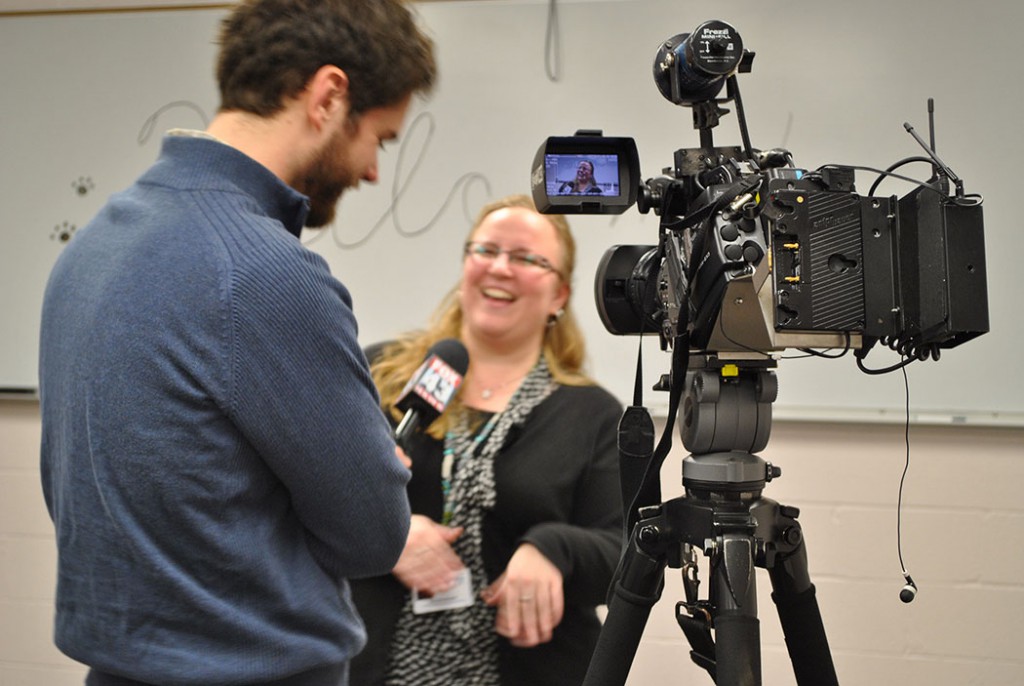 An ongoing public relations campaign spreads the word about all of the fundraisers, blood drives and spirit events happening on campus and allows students to take pride in the school’s community involvement. Media coverage will show prospective students that your school is about more than showing up for class, and current students will see that the work they’re doing with their classmates is worthy of praise. This sense of accomplishment and belonging helps with student retention.
An ongoing public relations campaign spreads the word about all of the fundraisers, blood drives and spirit events happening on campus and allows students to take pride in the school’s community involvement. Media coverage will show prospective students that your school is about more than showing up for class, and current students will see that the work they’re doing with their classmates is worthy of praise. This sense of accomplishment and belonging helps with student retention.
Putting instructors front and center. The best advocates for any organization are its employees. Instructors bring real-world, industry-modeled experience to the classes they teach, and news reporters and editors often look for experts with the same type of experience. A good PR pro will make the connection.
By positioning faculty as experts in their fields, the school can gain credibility and publicity, which builds trust and interest among your target audiences. One barrier to attracting the best and brightest graduating high-school seniors is convincing their families that career schools provide a rigorous, challenging education with a dedicated faculty, so we put the educators front and center whenever possible.
Stories with an interactive or hands-on component are universally popular with local media. Do you have a HVAC/R program? Offer tips on furnace maintenance to your area newspaper. Medical assisting? Flu season is just around the corner. Invite a TV reporter in for a demonstration on proper hand-washing. The skills your instructors teach are valuable not only to their students, but also to the general public.
Leading the conversation. Progressive school leaders know that they have to prepare for bad news. Whether it’s at their own school – an unhappy student makes allegations of substandard practices to the media – or somewhere else in the sector – a competitor files for bankruptcy, leaving students locked out – it is only a matter of time.
That’s when your reputation becomes invaluable. If local press knows that a school is active, engaged and responsive, they are much more likely to reach out and provide that school with the opportunity to tell their side of the story. Investing in a PR campaign to tell the good news associated with the school creates a sense of goodwill and also pays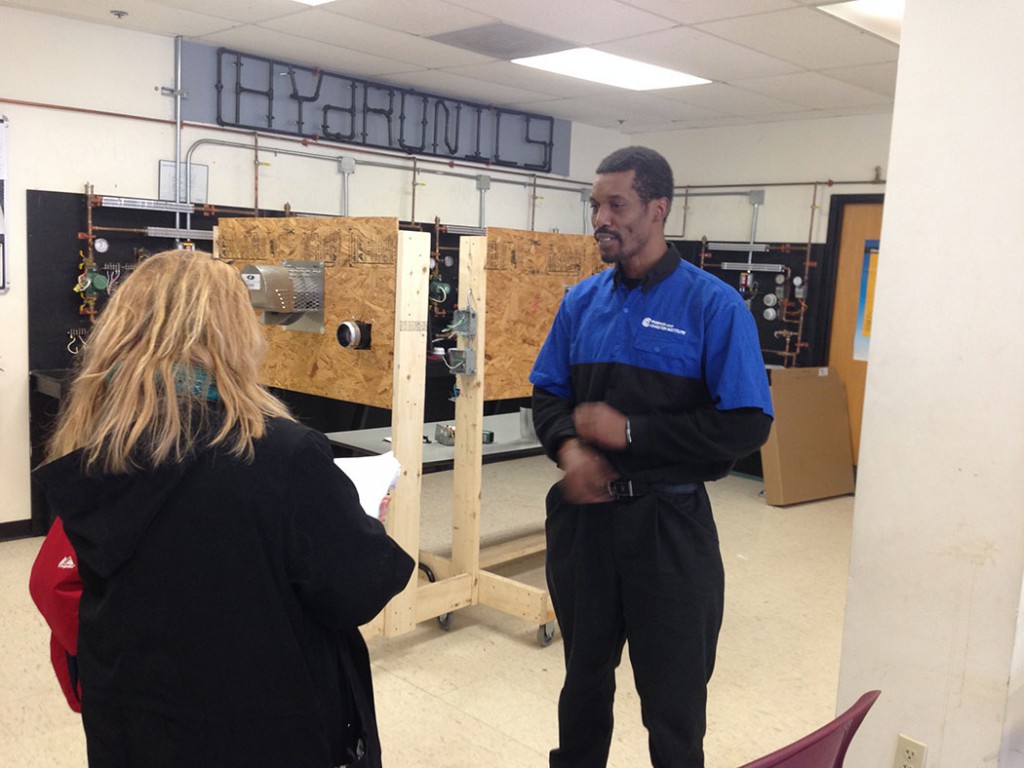 dividends when a crisis strikes.
dividends when a crisis strikes.
Additionally, being upfront and honest with the media sets a good example for the rest of your team. You want them to be confident that they’re working for someone who
believes in the organization’s mission and isn’t afraid to speak publicly about it. Building your own brand as a thought leader will help with talent recruitment and retention.
Bragging about your students. Reporters want to tell good news. They are constantly searching for inspirational stories to share. But, they’re also doing more with less. Newsroom budgets are shrinking and reporters are asked to cover additional stories, shoot their own photos, engage with their audience on social media and more.
Similarly, the faculty and staff at the career schools we work with are wearing multiple hats and juggling various responsibilities. There simply isn’t always enough time in the day to identify students, research reporters, pitch stories and follow up. But that’s what a PR pro lives for.
Employing a person whose sole responsibility is public relations, either through an agency or in-house, creates a point person responsible for the entire process. They will find stories like overcoming medical adversity, raising money for cleft palate surgeries, and working with the SPCA, and get them covered. Stories like these show the world that smart and hardworking students attend career schools and that it’s not a destination for those without other options.
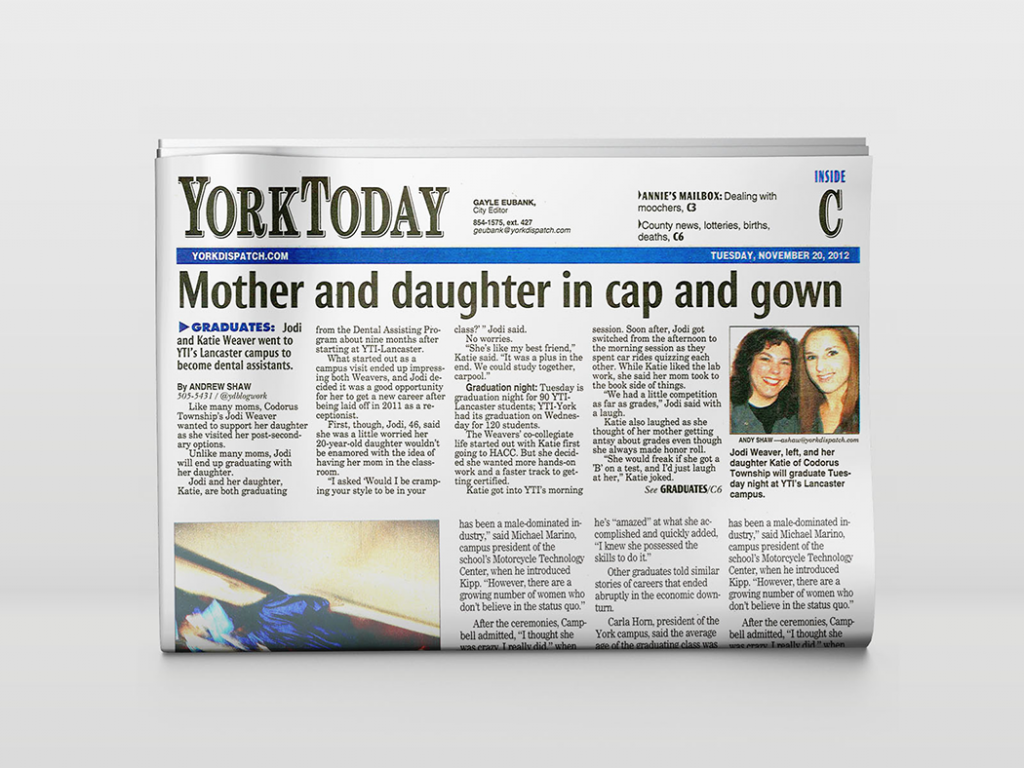 Getting social. When trying to reach a diverse audience, it’s often easier to go to them instead of trying to get them to come to you. If you engage in conversations with your audience on the platforms they are already using, they will listen. Most schools now view a Facebook page as a necessity. But, as the social media landscape evolves, proactive schools are also engaging their audiences (particularly the younger demographics) on Snapchat, Instagram and Twitter.
Getting social. When trying to reach a diverse audience, it’s often easier to go to them instead of trying to get them to come to you. If you engage in conversations with your audience on the platforms they are already using, they will listen. Most schools now view a Facebook page as a necessity. But, as the social media landscape evolves, proactive schools are also engaging their audiences (particularly the younger demographics) on Snapchat, Instagram and Twitter.
Links to positive news stories about your school serve as compelling social media content. They often contain professional photos and video of your facilities that would require a substantial amount of time and money to secure on your own. What’s more, tagging the news outlet that published the story can broaden your reach and drive increased profile views.
There is a nationwide conversation happening right now about your sector’s role in higher education, creating a strong opportunity to set yourself and your organization apart from the competition. Public relations provides an avenue to participate in that conversation and make your voice heard. Reporters and editors are interested in what you have to say and what your students – their audience – are doing. It’s up to you to make sharing these stories a priority.
MANDY ARNOLD is leading the charge at Gavin™ Advertising, she brings two decades of managing senior level market strategy, brand development, public relations, integrated communications and guerrilla marketing for regional and national brands.
Having managed comprehensive media strategies and messaging platforms within the C-suite, Mandy has advised organizations through dynamic opportunities and crises in education, building supply, consumer packaged goods (CPG), technology and healthcare. Mandy holds a master’s degree in Communications Management and a graduate certificate in Integrated Communications and Strategic Public Relations.
- 2015 American Business Awards Agency of the Year (Sliver)
- 2015 Small Business of the Year (YCEA)
- Central Pennsylvania Business Journal’s (CPBJ) 2011 Forty Under 40 and 2014 Featured in Advertising Age’s 2012 Smart from the Start Report
Contact Information: Mandy Arnold // President // Gavin Advertising // 717-848-8155 // marnold@gavinadv.com // http://www.gavinadvertising.com // Social Media: fb.com/GavinAdvertising, Twitter: @gavinadv, LinkedIn.com/gavin-advertising
